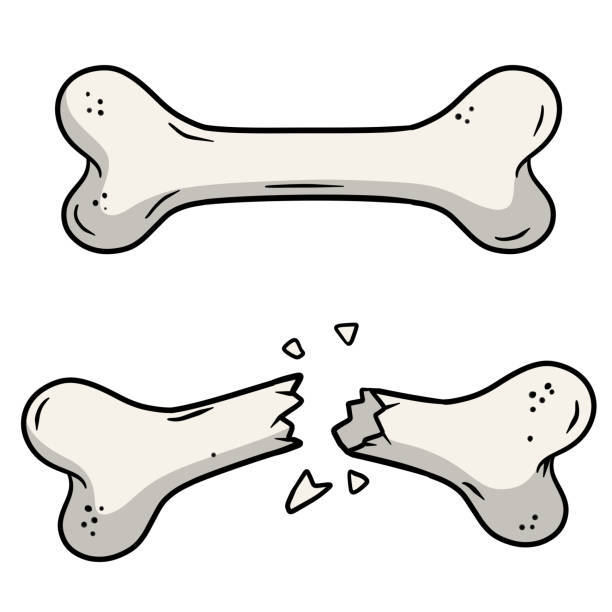Myeloma
The most common type of primary bone cancer. This condition is a type of bone marrow cancer arising from plasma cells that can cause tumors in the bone. Plasma cells are normal cells in the blood that make antibodies.
Also known as Multiple Myeloma when it affects multiple bones. It is called a plasmacytoma when it affects a single bone.















